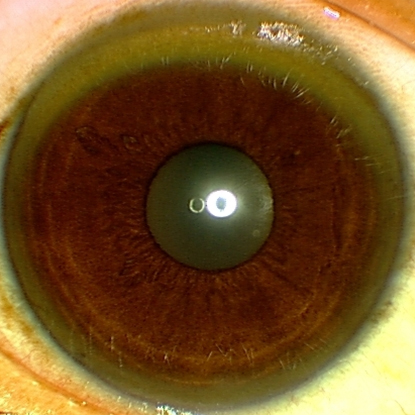Summary
Differentials
Common
- Hepatitis C virus infection
- Hepatitis B virus infection
- Hepatitis A virus infection
- Alcohol-related liver disease
- Acetaminophen overdose
- Nonacetaminophen medications or dietary supplements
- Metabolic dysfunction-associated steatotic liver disease
- Gilbert syndrome
- Hemochromatosis
- Choledocholithiasis
Uncommon
- Hepatitis E
- Hepatitis D
- Epstein-Barr virus infection
- Herpes simplex virus infection
- Cytomegalovirus infection
- HIV infection
- Sepsis
- Extrapulmonary tuberculosis
- Toxins
- Alpha-1 antitrypsin deficiency
- Wilson disease
- Autoimmune hepatitis
- Primary biliary cholangitis
- Primary sclerosing cholangitis
- Hepatocellular carcinoma (HCC)
- Liver metastases
- Pancreatic cancer
- Cholangiocarcinoma
- Hodgkin lymphoma
- Non-Hodgkin lymphoma
- Shock
- Portal vein thrombosis
- Budd-Chiari syndrome
- Intrahepatic cholestasis of pregnancy
- Hemolysis, elevated liver enzymes, low platelets (HELLP) syndrome
- Acute fatty liver of pregnancy
Contributors
Authors
Stevan A. Gonzalez, MD, MS
Professor
Department of Medicine
Burnett School of Medicine at TCU
Medical Director of Liver Transplantation
Annette C. and Harold C. Simmons Transplant Institute Fort Worth
Baylor Scott & White All Saints Medical Center Fort Worth
Fort Worth
TX
Disclosures
SAG declares that he has no competing interests.
Acknowledgements
Dr Stevan A. Gonzalez would like to gratefully acknowledge Dr Jeremy Cobbold, Dr William D. Carey, and Dr Achuthan Sourianarayanane, the previous contributors to this topic.
Disclosures
WDC is an author of a number of references cited in this topic. JC and AS declare that they have no competing interests.
Peer reviewers
Joseph K. Lim, MD
Assistant Professor of Medicine
Director
Yale Viral Hepatitis Program
Section of Digestive Diseases
Yale School of Medicine
New Haven
CT
Disclosures
JKL declares that he has no competing interests.
Philip Newsome, PhD, FRCPE
Senior Lecturer in Hepatology & Honorary Consultant Physician
Liver Research Group
Institute of Biomedical Research
The Medical School
University of Birmingham
Birmingham
UK
Disclosures
PN declares that he has no competing interests.
Marlyn Mayo, MD
Associate Professor of Medicine
Division of Digestive and Liver Diseases
University of Texas Southwestern Medical Center
Dallas
TX
Disclosures
MM is an author of a reference cited in this topic.
Peer reviewer acknowledgements
BMJ Best Practice topics are updated on a rolling basis in line with developments in evidence and guidance. The peer reviewers listed here have reviewed the content at least once during the history of the topic.
Disclosures
Peer reviewer affiliations and disclosures pertain to the time of the review.
References
Key articles
Kwo PY, Cohen SM, Lim JK. ACG clinical guideline: evaluation of abnormal liver chemistries. Am J Gastroenterol. 2017 Jan;112(1):18-35. Abstract
Crabb DW, Im GY, Szabo G, et al. Diagnosis and treatment of alcohol-associated liver diseases: 2019 practice guidance from the American Association for the Study of Liver Diseases. Hepatology. 2020 Jan;71(1):306-33.Full text
Jophlin LL, Singal AK, Bataller R, et al. ACG clinical guideline: alcohol-associated liver disease. Am J Gastroenterol. 2024 Jan 1;119(1):30-54.Full text Abstract
Fontana RJ, Liou I, Reuben A, et al. AASLD practice guidance on drug, herbal, and dietary supplement-induced liver injury. Hepatology. 2023 Mar 1;77(3):1036-65.Full text
Rinella ME, Neuschwander-Tetri BA, Siddiqui MS, et al. AASLD practice guidance on the clinical assessment and management of nonalcoholic fatty liver disease. Hepatology. 2023 May 1;77(5):1797-835.Full text
Reference articles
A full list of sources referenced in this topic is available to users with access to all of BMJ Best Practice.

Patient information
Hepatitis B: should I have the vaccine?
Hepatitis C: what is it?
More Patient informationCalculators
NAFLD Fibrosis Score
More CalculatorsLog in or subscribe to access all of BMJ Best Practice
Use of this content is subject to our disclaimer